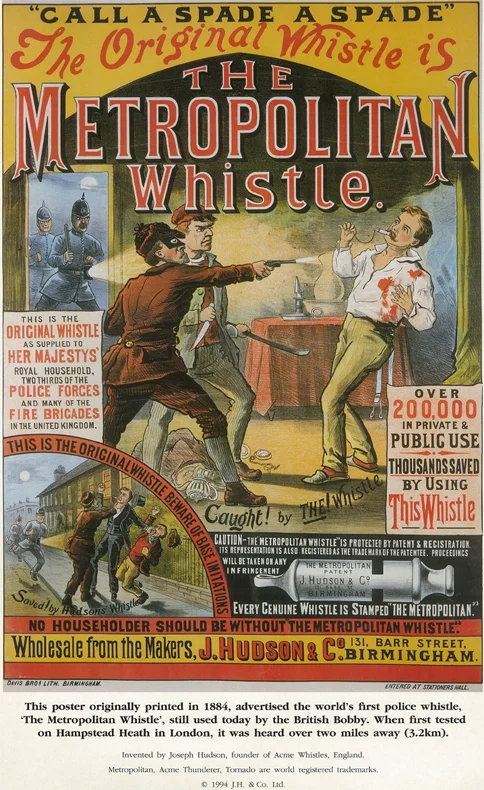Vintage vs. Antique vs. Retro: Decoding the Differences
Vintage items are 20-99 years old; antiques are over 100 years old; retro refers to newer items designed to mimic past styles.

Source: by Stable MARK - own work.
Discover the unique characteristics that define vintage, antique, and retro items. Whether you're a collector or just curious, knowing the differences will enrich your appreciation of these timeless treasures.
Table of Contents
Why Does an Item’s Age Matter?What is Considered Vintage?What is Antique?What is Retro?Comparing the TermsConclusionIn the world of collectibles and decor, terms like vintage, antique, and retro are often used interchangeably, yet they each have distinct meanings and histories. Grasping these differences not only enhances your knowledge but also sharpens your shopping skills, ensuring you know exactly what you're buying. Let’s dive into what sets these classifications apart and why it matters.
Why Does an Item’s Age Matter?
The age of an item significantly influences its value, authenticity, and historical context. An older item, especially if well-preserved, often has a higher value due to its rarity and the craftsmanship of its time. It connects us to the past, offering a tangible piece of history that modern items cannot replicate. For collectors and enthusiasts, the age also provides a timeline of design and technological evolution, adding depth and narrative to the item’s significance. Whether it's vintage, antique, or retro, age helps determine its place and importance in our cultural heritage.
What is Considered Vintage?
Definition and Time Frame
Vintage items typically range from 20 to 99 years old. The term "vintage" originally referred to wine and denotes a specific year or period. For other items, it suggests high quality and representation of the best qualities of that era.
Examples and Characteristics
Vintage Cars: A beautifully preserved DKW F8 Cabriolet parked on a quiet Viennese street at night is a classic example of a vintage car.
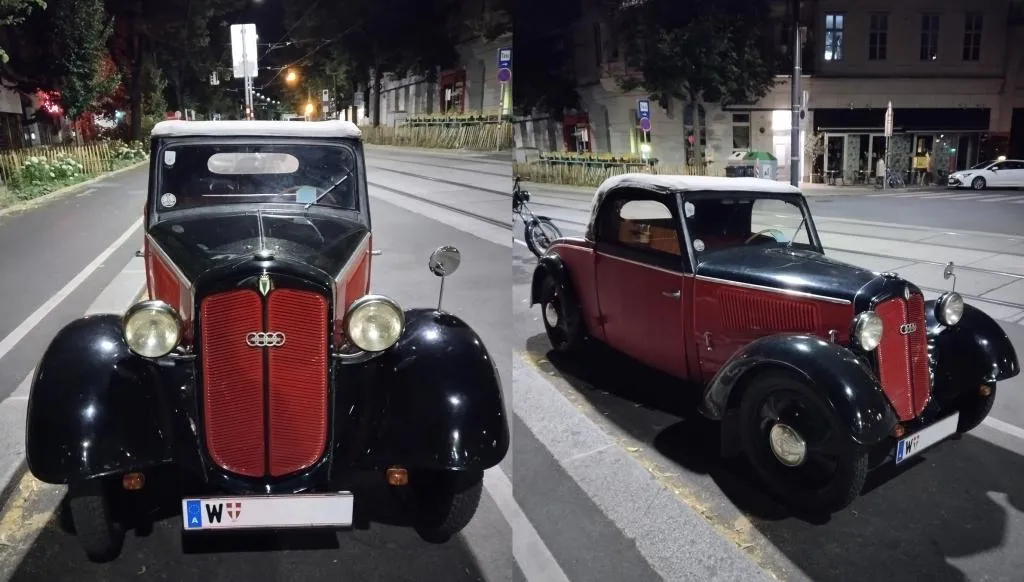
Source: by Stable MARK - own work.
Vintage Clothing: Think of a 1950s Dior dress.

Vintage Furniture: Mid-century modern pieces from the 1950s to the 1960s are highly sought after.

When exploring the question, "What is considered vintage," one might find that the vintage definition aligns with items aged 20-99 years, capturing the essence of a particular era. Vintage meaning often implies not just age but quality and style reflective of its time.
What is Antique?
Definition and Time Frame
Antiques are items that are at least 100 years old. This definition is widely accepted among collectors and antique dealers. The age, rarity, and often the craftsmanship of these items significantly influence their value.
Examples and Characteristics
Antique Furniture: A Chippendale style stool from the 1900s.
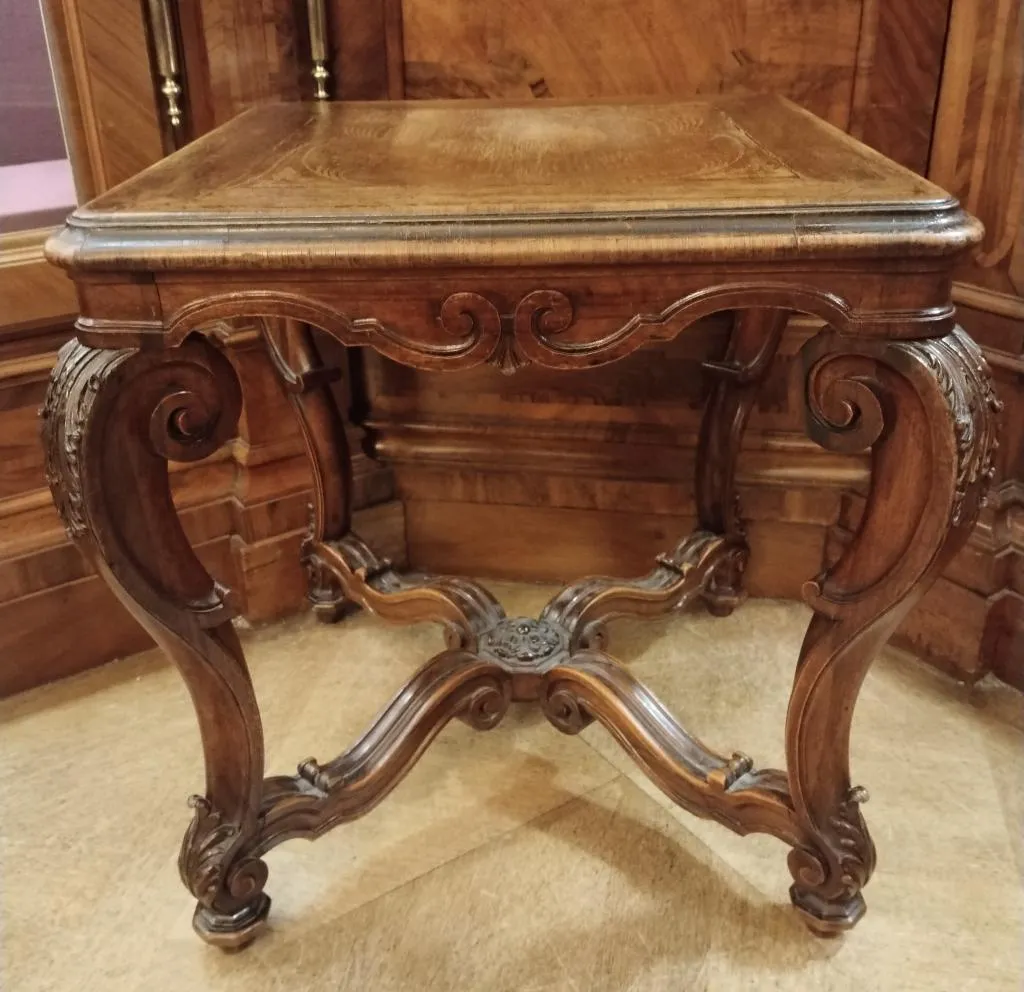
Source: by Stable MARK - own work.
Antique Jewelry: Mid-19th-century imperial jewelry from the Habsburg dynasty.
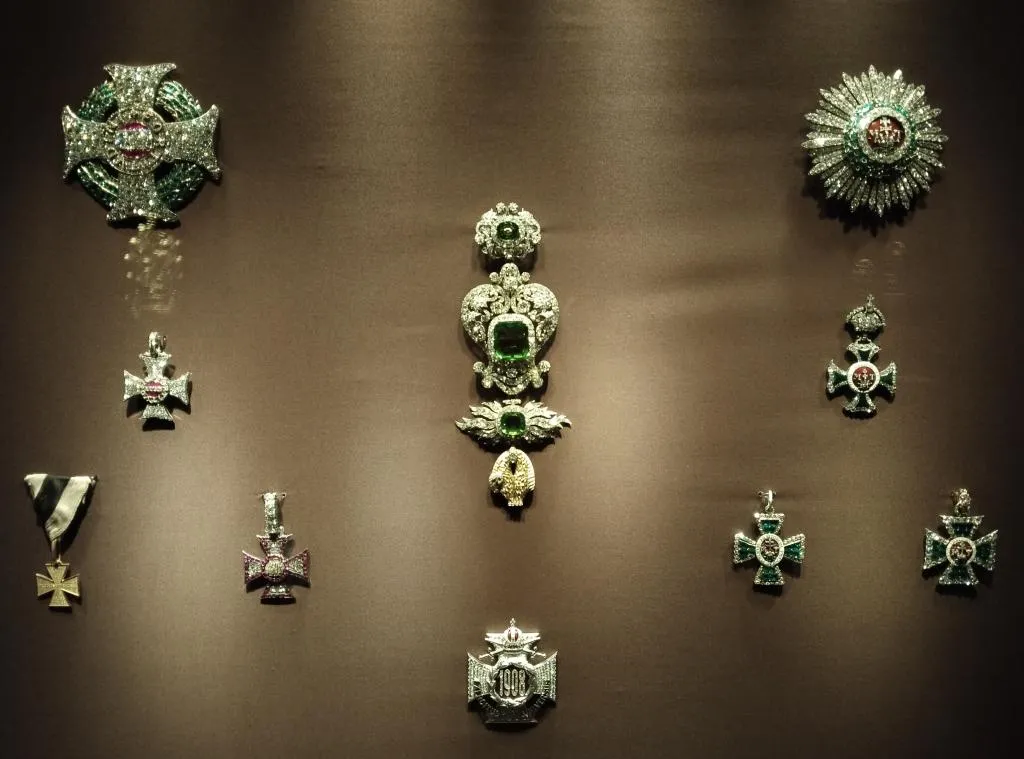
Source: by Stable MARK - own work.
Antique Art: Church interior from the Baroque period.

Source: by Stable MARK - own work.
Understanding how old an item must be to qualify as an antique is crucial for collectors. The distinction between antique vs vintage often lies in this 100-year benchmark, which differentiates the truly historic from the relatively recent.
What is Retro?
Definition and Time Frame
Retro refers to items that are not old enough to be antique or vintage but are designed to imitate or evoke styles from the past. Typically, retro items are less than 20 years old but are inspired by older trends.
Examples and Characteristics
Retro Fashion: Modern clothing with 1980s-inspired designs.
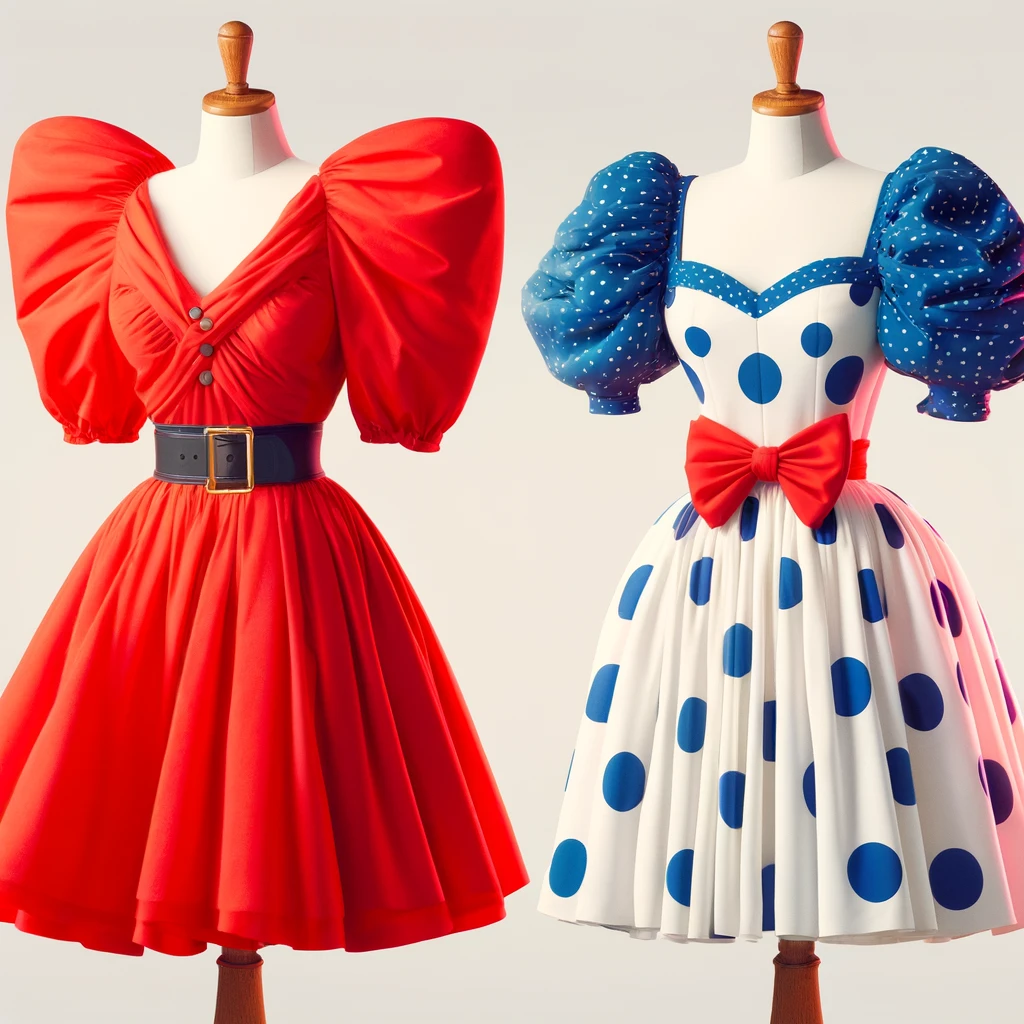
Source: AI-generated
Retro Furniture: New pieces designed in the style of mid-century modern.
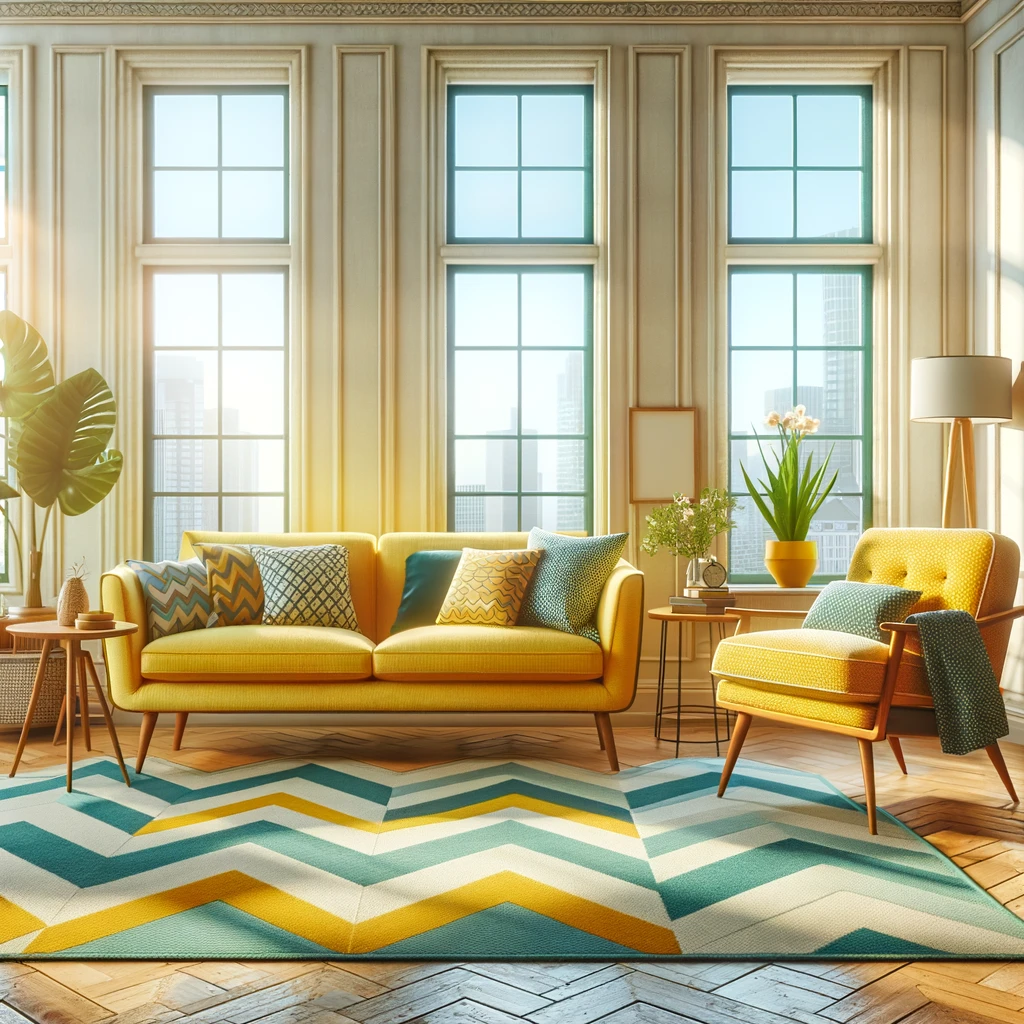
Source: AI - Generated
Retro Electronics: Retro products like turntables styled in the 1970s.

Source: Ai - Generated
When considering what is retro, it's about the nostalgic appeal rather than the actual age. Retro vs vintage highlights this difference, with retro items often being new creations inspired by past aesthetics.
Comparing the Terms
Age and Historical Significance
- Vintage: Items aged 20-99 years, capturing the spirit of their era.
- Antique: Items over 100 years old, valued for their historical significance and craftsmanship.
- Retro: New items designed to mimic the styles of the past.
Collectability and Value
- Vintage: Collectible for their nostalgic value and representation of an era’s best qualities.
- Antique: Often rare and highly valued for their age, historical context, and craftsmanship.
- Retro: Valued for their stylish homage to past trends, often more affordable than true vintage or antique items.
Shopping Tips
- For Vintage: Look for authenticity and quality that truly represents its era.
- For Antique: Ensure items are at least 100 years old and in good condition. Provenance can greatly increase value.
- For Retro: Focus on the design and aesthetic appeal, perfect for those on a budget wanting a classic look.
Conclusion
Understanding the differences between vintage, antique, and retro can significantly enhance your appreciation and purchasing decisions. Each category holds unique charms and historical significance, catering to different tastes and budgets. Whether you're hunting for a mid-century modern sofa, an Edwardian-era painting, or a quirky 80s-inspired dress, knowing these distinctions ensures you find exactly what you’re looking for, enriching your collection with truly meaningful pieces.
Share this article



